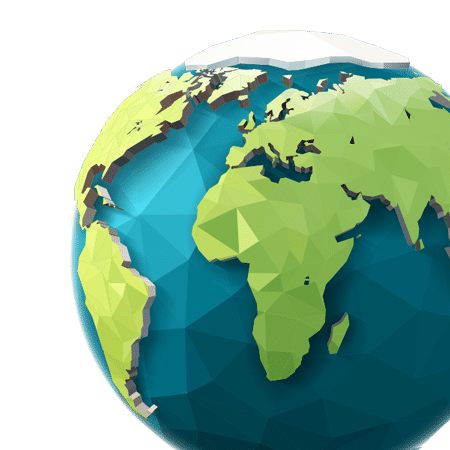Wheat and Solutions
The global market & RAGT
Domesticated in the Middle East approximately 11,000 years ago, wheat is today the largest crop grown worldwide, with over 210 million hectares.
With over 750 million tonnes harvested annually, wheat takes one of the top spots in terms of quantity produced per year, thanks to its agronomic performance and its necessity in both human and animal food processing and consumption.
Two thirds of global production are concentrated in 5 areas: China, the European Union, India, Russia and the United States.
The outlets for wheat are diverse and cover various domains.
For food industries wheat is used to produce flour, which is used to make bread, biscuits, noodles, muffins, snack foods, cakes, and many others. For feed industries wheat is a significant source of energy for livestock and poultry. Wheat is also used to produce starch for food processors (as a thickener), for industrial purposes and even for the production of vodka. On top of that wheat is also used in biofuels.
A major player in France and Europe over the last 20 years with 5 breeding programmes, RAGT has a broad portfolio enabling its subsidiaries and partners to meet the wheat challenges of today and tomorrow. RAGT is also expanding into other markets with breeding programmes in South America and Australia.
#2 in Europe present in than 25 countries over the world
Portfolio with numerous kind of quality asked


Our Common challenges
In the ground for two thirds of the year, wheat faces many stressors, both biotic and abiotic, including climate, disease and insects. Each of these factors will vary according to region and can shift quickly in the face of changing climate and regulatory environments.
On top of this, the quality requirements of wheat varies from one country to the next depending on the end use. All in all, these parameters create a complexity that breeders have to navigate in order to improve and secure high performance and quality season after season.
RAGT for farmers: yield, stability, and also
RAGT has a very rich germplasm in terms of genetic diversity, which enables it to provide varietal solutions to meet all the demands of the industry and farmers. This capacity makes RAGT a reliable partner, as demonstrated by its position as a European and international top player.
In terms of genetic advances, since 2020 RAGT has been offering BYDV-resistant varieties under the Genserus brand in the UK and JNO brand in France. This unique and exclusive offer promoted by RAGT will help reduce insecticide use for farmers while maintaining yield performance and more sustainable production for the industry. On top of that RAGT is also present on the French market with Genecare. This brand is the result of stacking genes against a known disease, helping to address the environmental constraints and expectations of both growers and processors.
In the mid-term, RAGT is breeding hybrid wheat in partnership with Bayer. The aim for the crop is to benefit from the heterosis effect, thereby increasing the crop’s resilience to abiotic and biotic stress.
RAGT For Industries : Quality
RAGT is able to supply varieties adapted to the local quality criteria required for the numerous production areas over the world.
Where you can find our varieties
Our Wheat solutions

Did you know ?
One fascinating aspect of wheat is its genetic diversity. While modern commercial wheat varieties are often bred for specific traits such as high yield or disease resistance, wheat's wild ancestors, such as einkorn and emmer wheat, still exist in certain regions. These ancient wheat varieties showcase the remarkable genetic diversity of the species and provide valuable genetic resources for breeding programs aimed at developing more resilient and sustainable wheat varieties for the future.
Reasons to grow Wheat
- High yield potential.
- Adaptability.
- Financial returns.





























